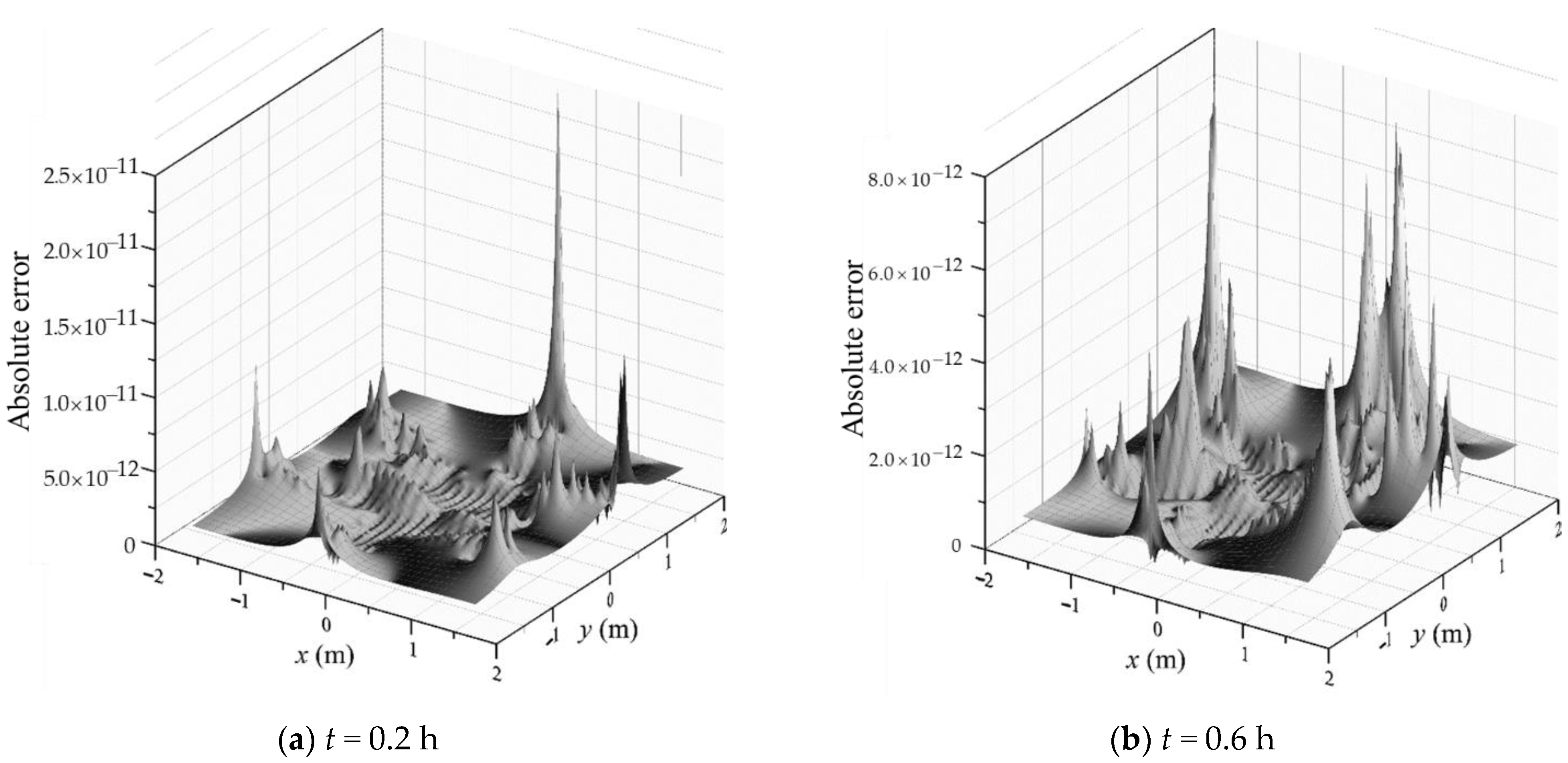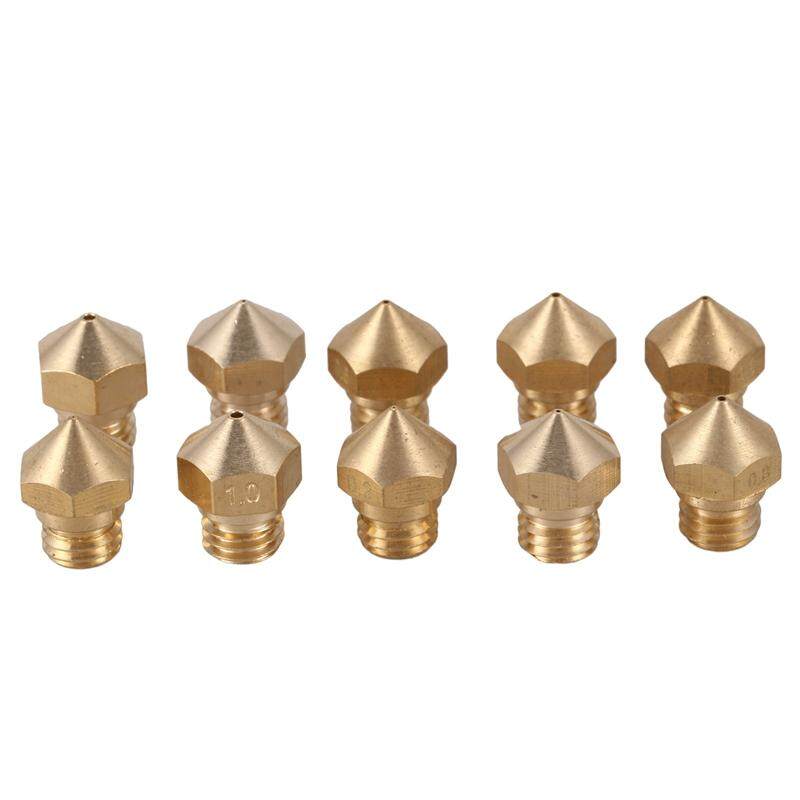
Yours question is 0.2 times 0.3 (0.2 of 0. You have also shaded 30 hundredths (0.30) of the cake because 3/10=30/100 Very lightly shade 3 tenths (0.3) of the cake. Each tiny piece will be 1 hundreth of the cake. Then Weekly Emergency Emergency Calls / Total Calls 100. For the emergency calls, you would also have to count all the emergency calls per week as well as the total number of calls. It was initially added to our database on. The of Team A Team A Calls / Total Calls 100. The latest version of IObit Uninstaller is 10.6.0.6, released on. It was checked for updates 12,943 times by the users of our client application UpdateStar during the last month.
#0.6 times 0.2 software#
Now, you will need to split or imagine each of those 10 pieces split into 10 pieces to make a total of 10*10=100 pieces. IObit Uninstaller is a Shareware software in the category Desktop developed by HELIOBIT d.o.o. each of those pieces is 1 tenth of the cake. I think for most people it is easier to think in fractions though.ĭraw a long rectangular cake and break it into 10 pieces. When you are multiplying numbers less than 1 you are best to think of the times sign as 'of'Īnd, if you have a half a cake and you eat half of it, then you will be eating 1/4 of the original cake. Air absorption is greater for high frequencies and is dependent upon air temperature and relative humidity.You need to draw the pictures that I describe in order to understand what i am saying. Ed., Table 15.1 Definition of absorption coefficientĪir absorption is usually neglected in calculations of reverberation times for auditoriums, but for large enclosures it may become significant. Sound Absorption Coefficients at Frequency(Hz)ĭata from Hall, 2nd.

Table of Absorption Coefficients Nature of surface The Sabine formula also neglects air absorption, which can be significant for large auditoriums. Note that this reduces the calculated reverberation time. A better approximation for such enclosures utilizes an overall average absorption coefficient: It tends to overestimate the reverberation times for enclosures of high absorption coefficient. The Sabine formula works reasonably well for medium sized auditoriums but is not to be taken as an exact relationship. A table of absorption coefficients can be used in calculations of reverberation time with the Sabine formula. The absorption coefficient of a surface typically changes with frequency, so the reverberation time is likewise frequency dependent. On a monthly basis, consumer prices dropped by 0.2, swinging from a 0.2.

The effective absorbing area is a factor in determining the reverberation time of an auditorium. Food prices fell 1.1, the most in four months, after a 0.6 decrease in July. Both of these amounts are lost from the room, and the fractional loss is characterized by an absorption coefficient a which can take values between 0 and 1, 1 being a perfect absorber. When a sound wave in a room strikes a surface, a certain fraction of it is absorbed, and a certain amount is transmitted into the surface. DiscussionĮstimating reverberation time from sound decay Where V is the volume of the enclosure andĪnd a is the absorption coefficient associated with a given area S.

Sabine is credited with modeling the reverberation time with the simple relationship which is called the Sabine formula: Modeling Reverberation Time Modeling Reverberation Time


 0 kommentar(er)
0 kommentar(er)
